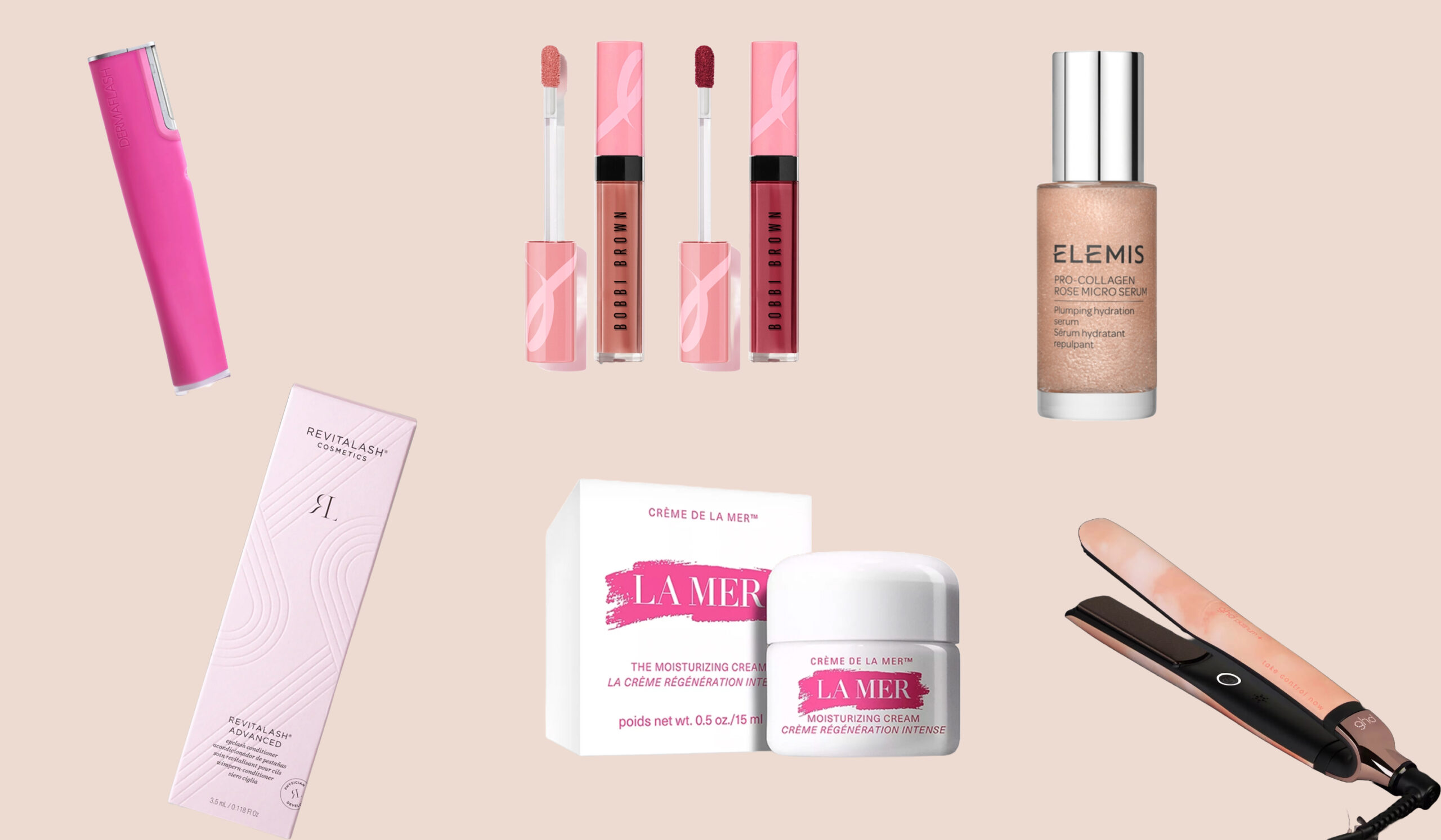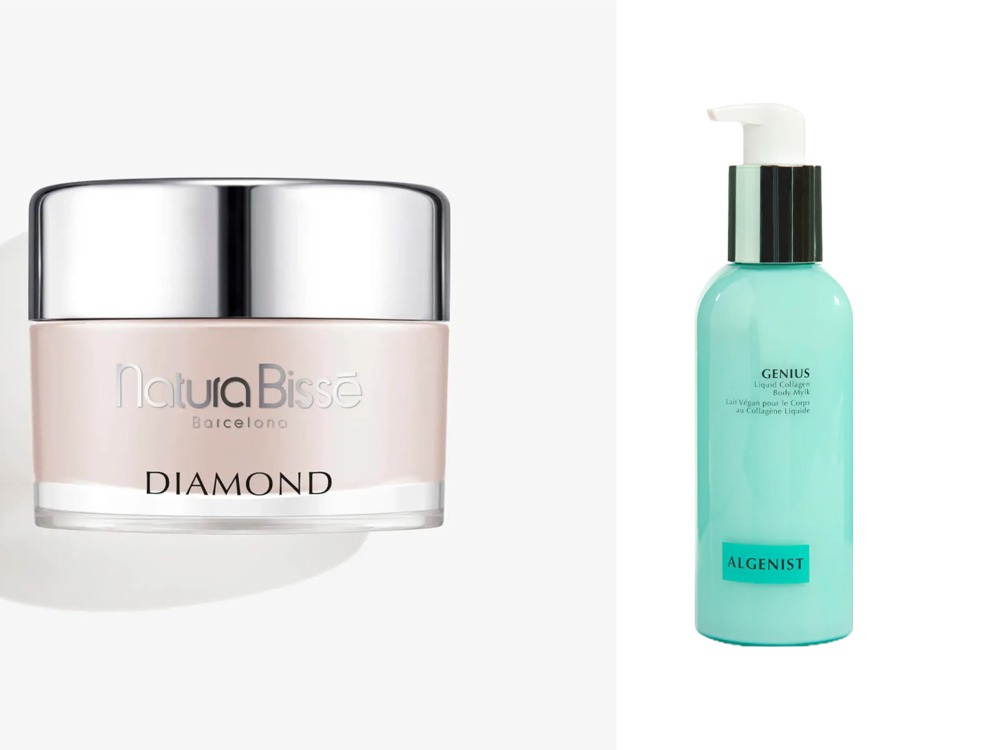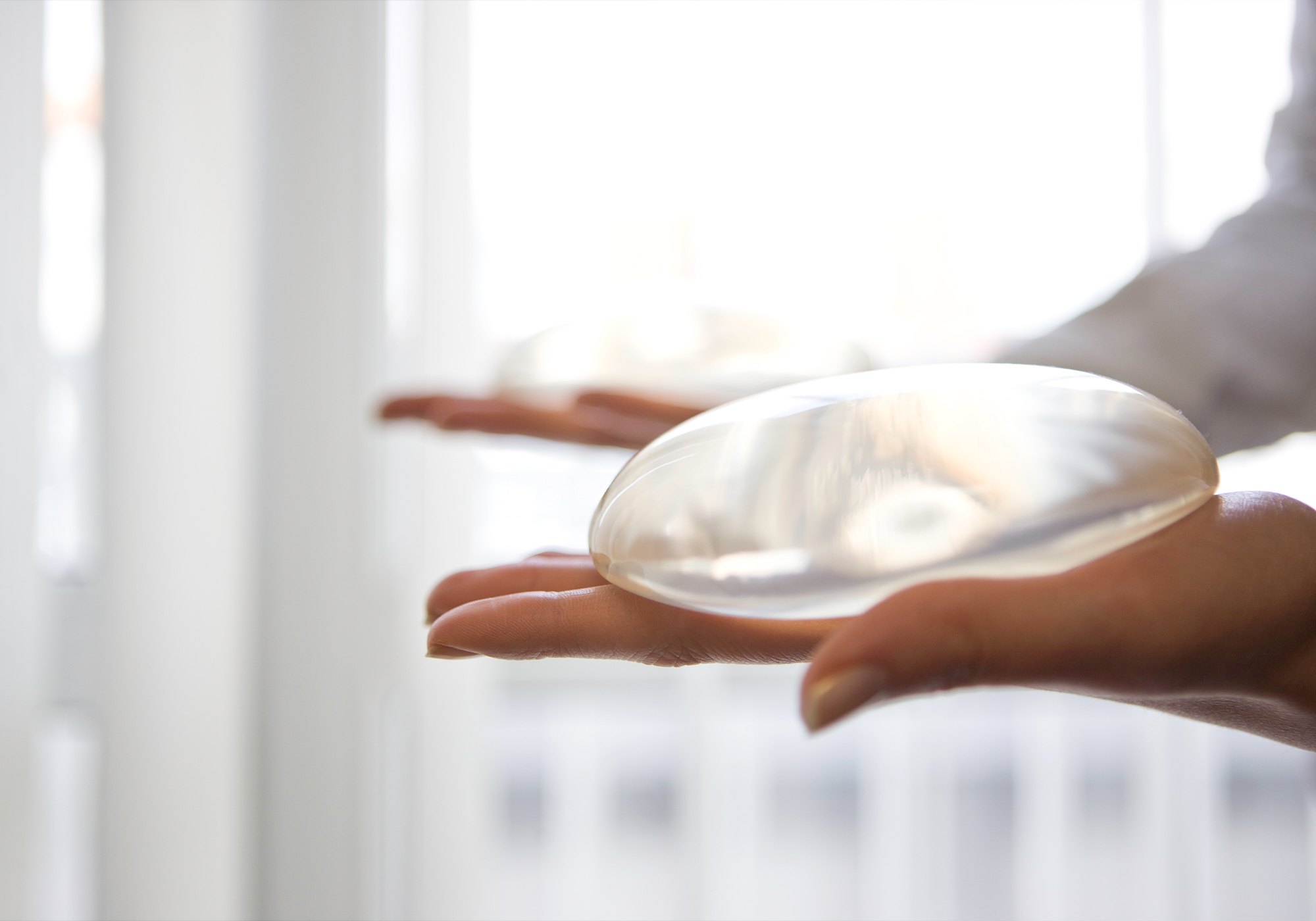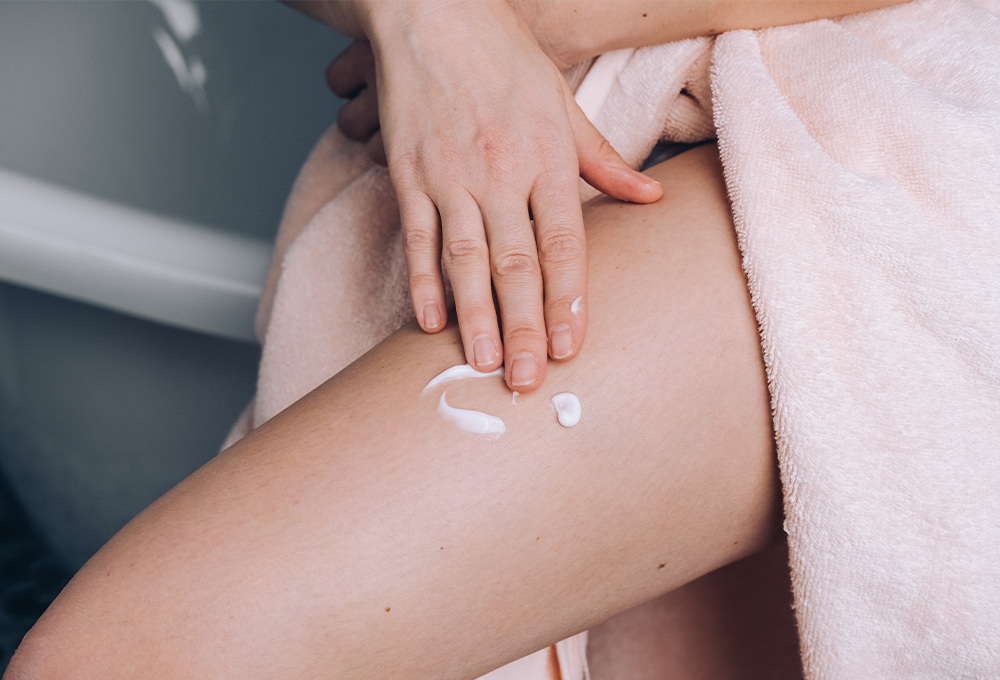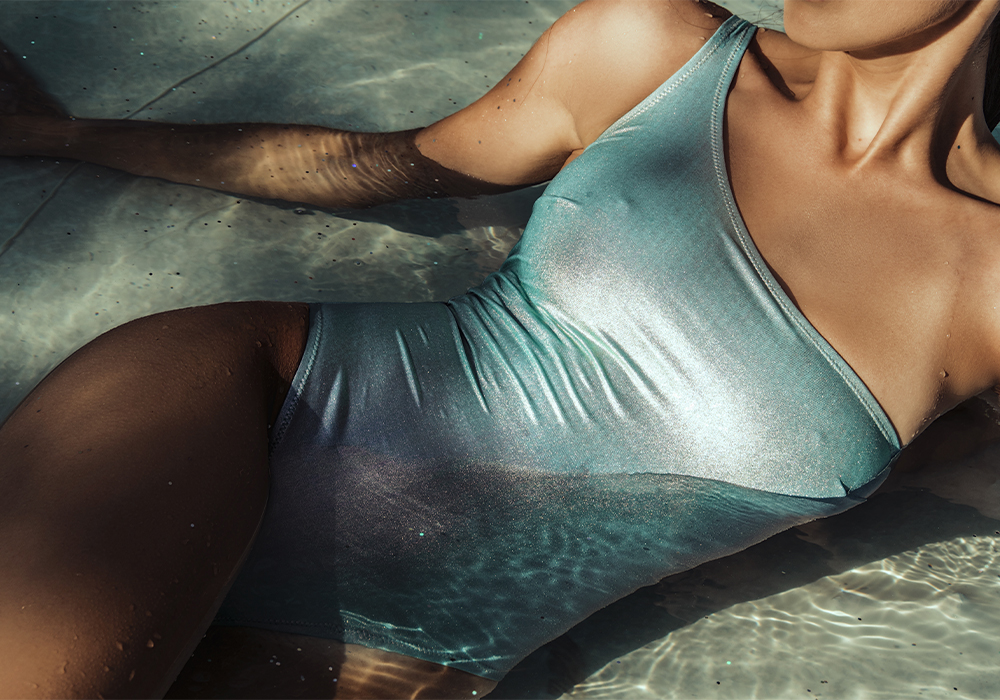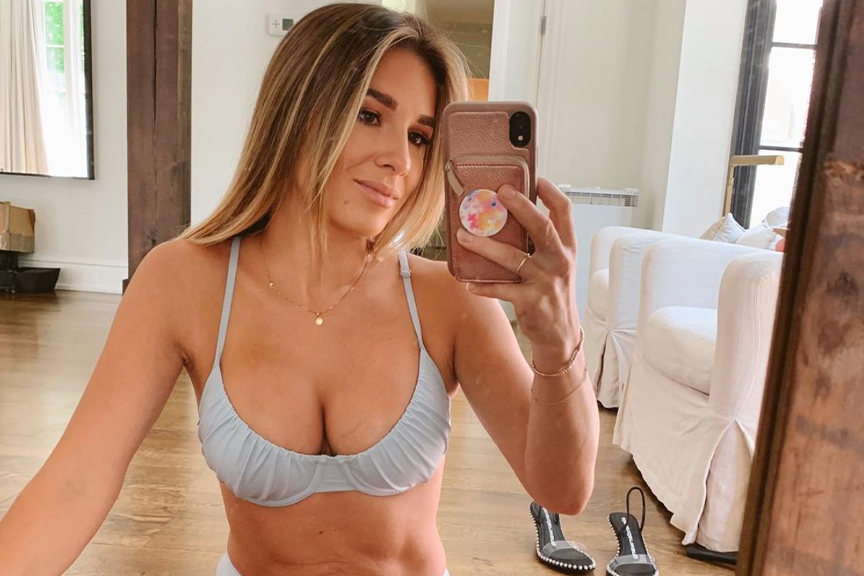For many patients, knowing which procedure you want is the easy part of your plastic surgery journey. Want to get rid of a bump on your nose? Choose rhinoplasty. Have excess skin along your midsection? A tummy tuck is likely for you.
That said, some plastic surgery options require a lot more research than simply knowing which particular procedure you want, and breast augmentation with implants is one of those surgeries.
So, if you’re looking to change your breast shape via implants but don’t know the specifics, don’t fret. Here, we’ve mapped out everything there is to know about the components of breast implants, from the materials available to implant safety, so you can feel empowered with information before making your final implant decision with your plastic surgeon.
First, what are the three main components of breast implants?
Before getting into the nitty gritty of the different types of implants, it’s vital to understand their three main components: gel, shell and fill.
Gels are used in silicone implants (more on that later!), and each silicone gel fills the implant and comes in different types that are usually referred to by their cohesivity. Corte Madera, CA plastic surgeon and consultant for Mentor, Khashayar Mohebali, MD says that the higher cohesivity, the more the implants hold their shape, provide additional fullness and host a slightly firmer feel.
Mentor, one of the leading breast implant manufacturers in the United States, has three different gel options for patients to choose from: MemoryGel®, MemoryGel® Xtra and MemoryGel BOOST™. MemoryGel provides the simply soft, natural feel that many typically desire; MemoryGel Xtra offers that same natural feel but with increased projection, firmness and fullness; and MemoryGel BOOST offers a “BOOST” effect, without losing the desired soft and natural feel.
“Shell refers to the outside barrier of the implant [that] holds material inside,” explains Dr. Mohebali. “All implants are made with a silicone shell.” This shell comes in both smooth and textured options, with smooth implants having no coarseness around the shell, allowing it to move more freely in the body (although, this can make this option more prone to rotation). Textured implants have a rougher exterior, which may look less natural, but is thought to be less prone to rotation.
Finally, an implant’s fill refers to how much gel is placed inside of it. “The newer, optimally filled implants give the appearance of a more cohesive gel, but maintain its soft feel,” says Dr. Mohebali. Obviously, the more gel that’s filled inside an implant, the larger it will be.
What’s the difference between silicone and saline breast implants?
When deciding on your ideal implant, first separate your breast implant choices into two categories: silicone and saline. “Saline is just high concentrated salt water,” explains Dr. Mohebali. “Silicone actually comes in different formulas, with some implants filled with a more liquid consistency, while others have a more cohesive gel. Each type provides a different look and feel.”
According to Dr. Mohebali, the benefits of a silicone implant are that they are softer to the touch, they come in different gel compositions for more options to achieve the desired look and they generally produce an outcome that’s more representative of natural breasts. The downside? They require a more involved workup over the years post-surgery, typically with an ultrasound or MRI, to confirm if implant rupture has occurred. They also have a slightly higher price point than saline implants.
Saline implants, on the other hand, can be either pre-filled or filled after they’re placed in the body. When filled after they’re in the body, it’s possible for the incisions and scars to be smaller. Saline implants may feel a bit less natural than silicone, and if they rupture, they appear immediately deflated.
What about implant safety?
Mentor, part of the Johnson and Johnson family of companies, prides itself on the safety of its implants. First and foremost, the brand focuses exclusively on making breast implants, which distinguishes it from other brands and allows it to zero in on innovations that are later confirmed with FDA clinical trials and approval.
“Mentor also offers a warranty that should give patients peace of mind,” explains Dr. Mohebali. “The policy, which you are automatically enrolled in, covers lifetime product replacement for any implant rupture, including the contralateral side.”
Also, for the first 10 years, Mentor adds $3,500 of financial assistance for surgical costs, and the policy also covers capsular contracture for the first 10 years with product replacement and financial support.
The Takeaway
Ultimately, it’s important to discuss all of these aspects of breast implants with an experienced, board-certified plastic surgeon when deciding to undergo this procedure. Only you and your provider can help you decide which Mentor breast implant choice is right for you and your aesthetic goals. And when in the right hands, breast implants can be a life-changing, wonderful experience. So choose your surgeon (and implants!) carefully.


